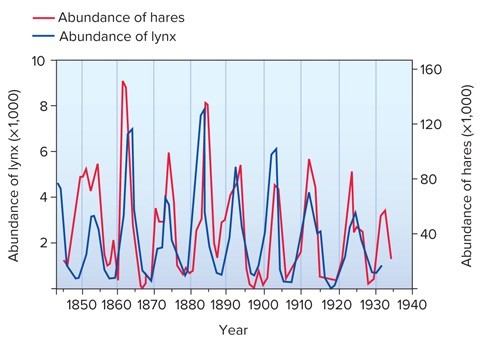Why is iodine considered a trace element that is vital for biological function in humans?
What will be an ideal response?
Iodine is 0.0004% of a human’s weight, compared to elements that occur at quantities greater than
0.01%. Iodine is required for proper thyroid gland function. Lack of iodine affects metabolism and
growth. In the short-term iodine deficiency results in lethargy, apathy and sensitivity to cold
temperatures, in the long-term, iodine deficiency causes a goiter.
You might also like to view...
Which of the following is not true about the role of Mediator complex in transcription initiation?
A. Mediator binds to RNA polymerase II. B. Mediator binds to upstream enhancer sequences. C. Mediator binds to general transcription factors. D. Mediator binds to transcription activators. E. Mediator increases the rate of the assembly of the preinitiation complex.
Before the invention of modern abrasive cleansers, which feature of horsetails was used by humans to scrub pots and
polish metals?
a. waxy spores b. silica-rich leaves c. lignin-rich leaves d. cones at the tips of their stems e. silica-rich stems
During meiosis II,
a. cytokinesis results in the formation of a total of two cells. b. sister chromatids of each chromosome are separated from each other. c. homologous chromosomes pair. d. homologous chromosomes separate. e. sister chromatids exchange parts.
 Scientists have discovered that when they provide supplemental food for hares, their density tripled. The figure above shows cycles of lynx and hare populations over a century's time. What do you predict would happen to the lynx and hare populations in an area where hares were provided supplemental food for one year?
Scientists have discovered that when they provide supplemental food for hares, their density tripled. The figure above shows cycles of lynx and hare populations over a century's time. What do you predict would happen to the lynx and hare populations in an area where hares were provided supplemental food for one year?
A. The lynx population would increase 1-2 years after the hares increased, then both would continue cycling down and up. B. The lynx population and the hare population would increase simultaneously, and stay at a stable high level permanently. C. The lynx population would decrease as hares increased due to exploitative competition, then slowly rise back to the original level. D. The hare population would increase, but the lynx population would be unaffected.